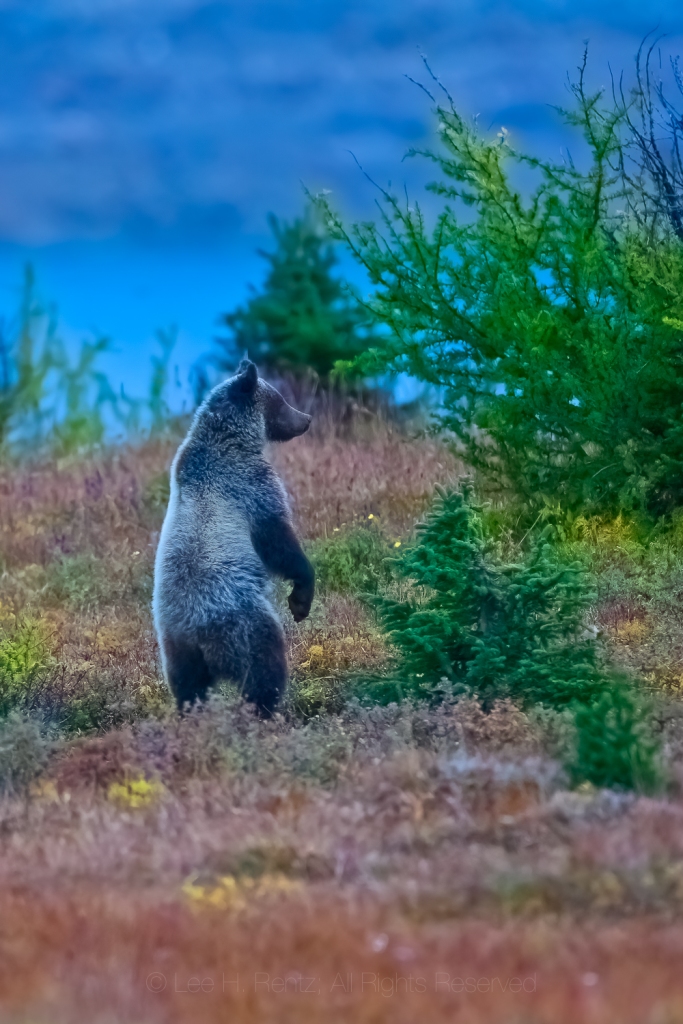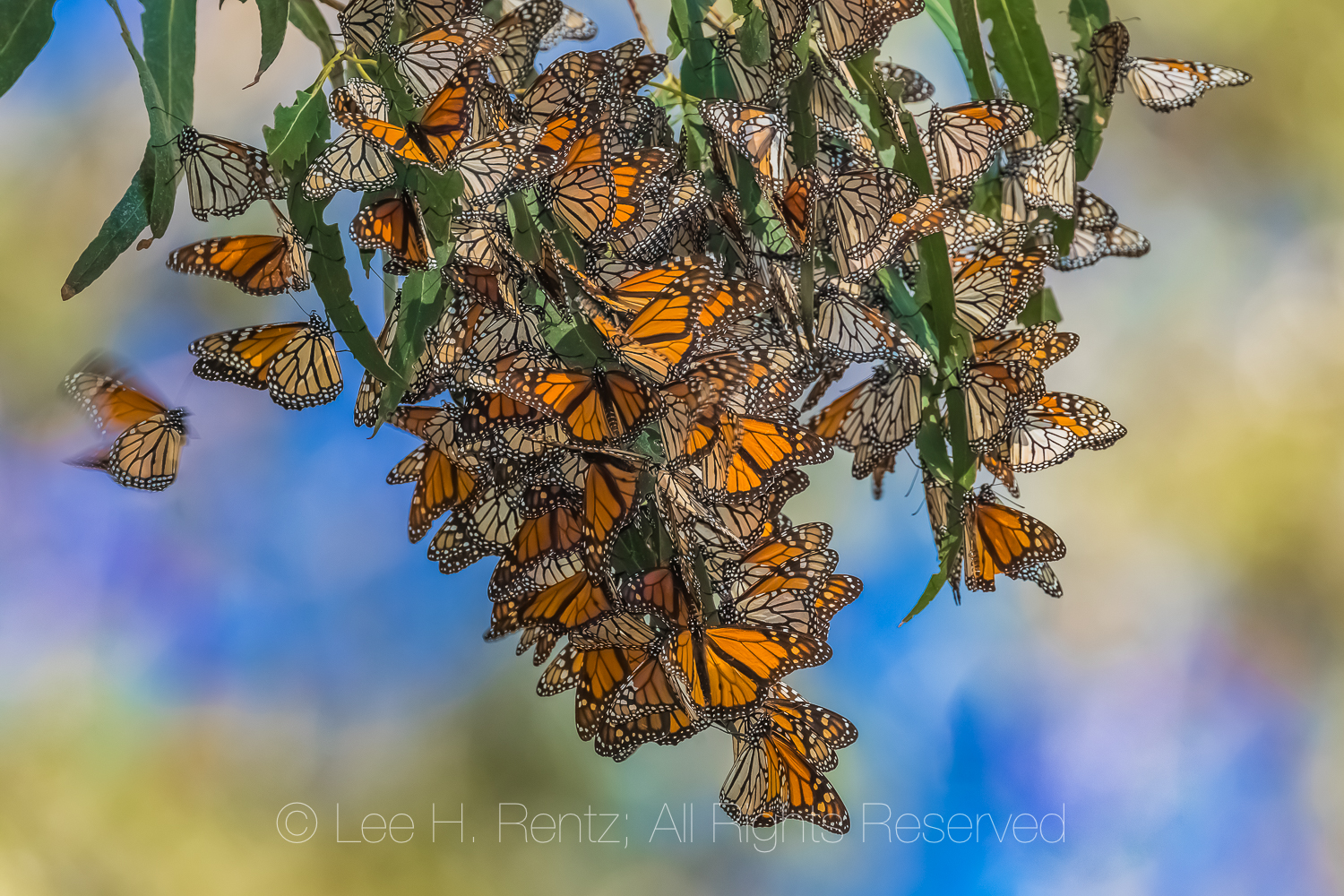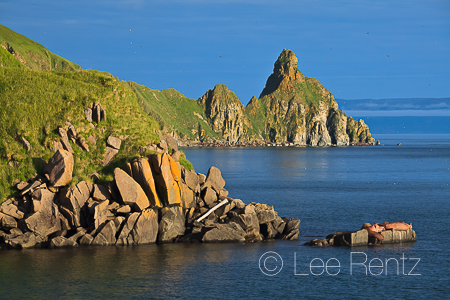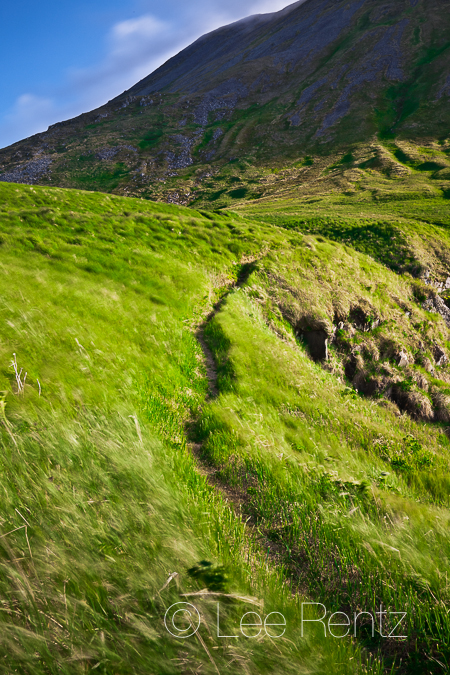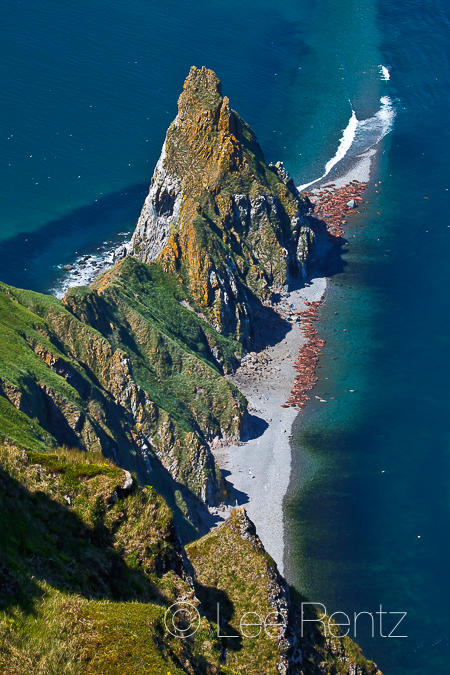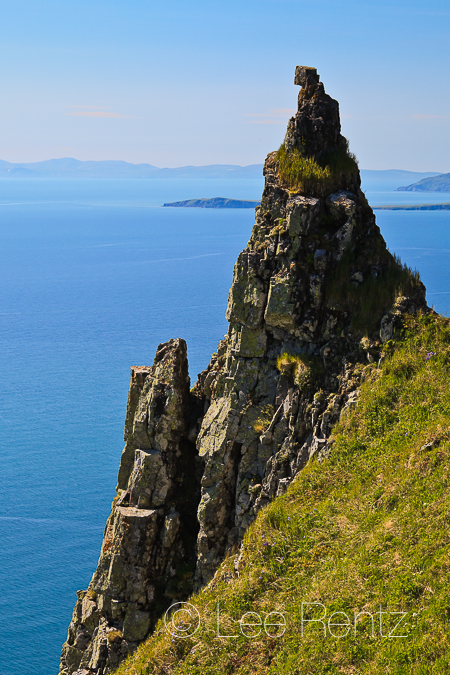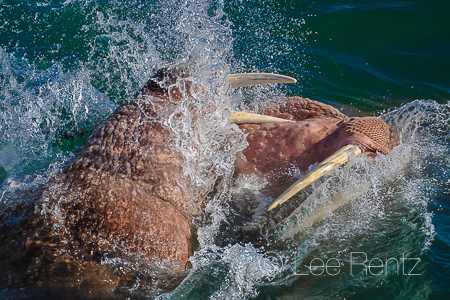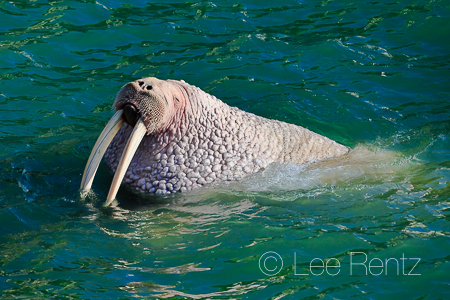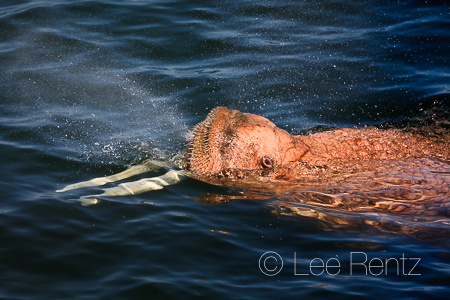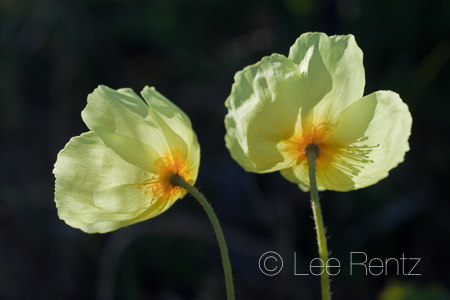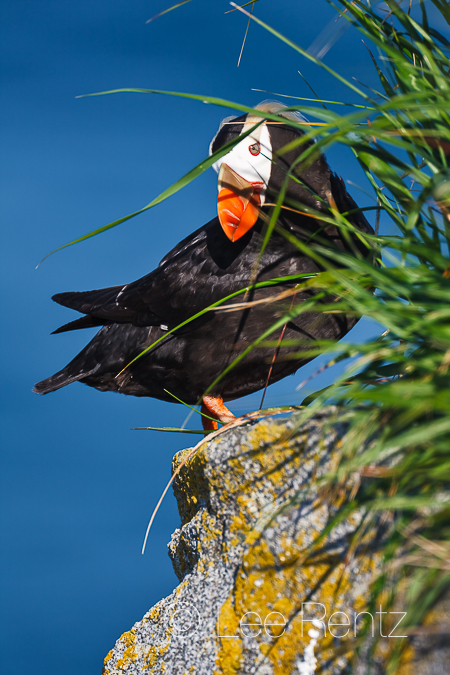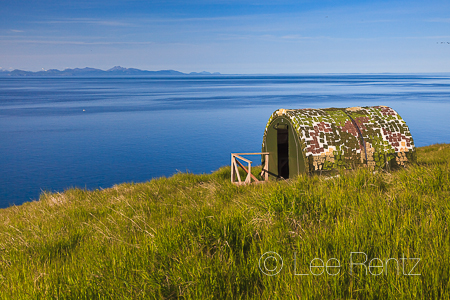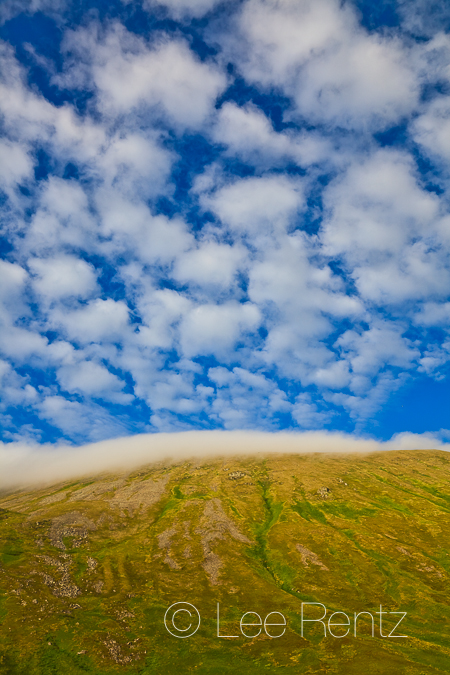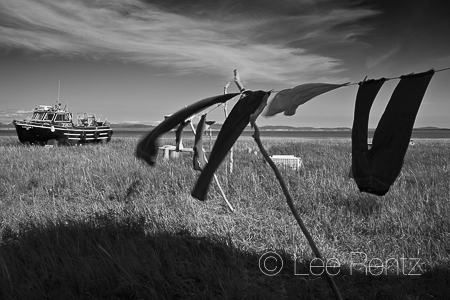 A male Hooded Merganser during courtship season
A male Hooded Merganser during courtship season
For 17 years, my wife Karen and I have been providing nest boxes for wild ducks at our Fawn Lake home, which is located on Washington State’s Olympic Peninsula. Originally, we set up a box to attract Wood Ducks, but we found that Hooded Mergansers (another kind of duck) also used the box. We started with one box, and eventually built and installed three boxes on Bigleaf Maple tree trunks at the water’s edge.
After 15 successful years, 2013 was a debacle. A Raccoon heard the peeping chicks on the night before they were to leave the box; it skillfully bypassed our predator guards and managed to tear apart the nest box, killing and eating the mother duck and her 15 or so babies. Then it raided a second box and destroyed that one as well. We were heartsick.
Later that year, we beefed up our security on the boxes by adding still more metal sheathing on the tree trunks and cutting away as many branches as we could reach. It was with some trepidation that we repaired and cleaned out the nest boxes and prepared for the 2014 nesting season.
In this blog we show the successful results of our efforts in three videos showing the young ducklings as they hatch out of their eggs and successfully fledge from the first nest box. Watching the duck behavior for all these days makes us emotionally attached to these ducks, which is why it was so devastating for us when the Raccoon got into the boxes last year. This year I felt like handing out cigars after the 11 chicks successfully fledged, and we felt a pang of postpartum depression when it was all over.
Below the videos, we have provided an extensive selection of our written 2014 field notes describing the behavior of the ducks during incubation, for anyone who is interested in the background leading up to the successful fledging.
In this video, we see the first hole appear in an egg, and watch the mother merganser’s behavior as more and more eggs hatch. Hatching began after 34 days of incubation, and the family stays in the nest box overnight before fledging the next morning.
This video from a camera inside the box shows the mother leaving, followed soon by all 11 chicks when she signals that it is okay to leave.
This view from outside the nest box shows the mother looking outside to make sure the drop zone is safe; then she calls to the chicks and they follow one by one, leaping to the lake surface. Be sure to turn up the volume on your device so that you can hear the mother’s chuckling call, the babies’ excited cheeping, and the splashing when each bird hits the water.
The following notes are from a journal I kept during the time from the day we installed the camera to the morning of fledging. If you are a birder or enjoy detailed natural history observations, as we do, then these notes may be of interest. These are the highlights; my other notes in the series are more routine.
SATURDAY, MARCH 15
Today we hauled out the ladder to clean out the nest boxes, which I will designate as Duckbox L (for left), Duckbox C (center), and Duckbox R (right).
When I climbed the ladder to clean out Duckbox C, I opened the maintenance door and saw the wide eyes of a very startled Hooded Merganser looking back at me. She gazed at me for a second or two, then scrambled up to the entrance and out, protesting noisily as she flew out to her mate in the middle of the lake. Presumably, she told him the scary story of a big fat human face looking at her from two feet away!
She left two eggs sitting atop the sodden wood chips left from last year. I carefully removed the two eggs and the old wood chips, carrying them down the steep extension ladder in a plastic bucket. Then I ascended the ladder and sprayed the box with Lysol (to discourage wasps from making it home), then put in fresh aspen chips that I bought in the pet section of Walmart. Lastly, I set the two eggs in the middle of the box, and covered them with a thin layer of aspen chips.
I proceeded to also clean out Duckbox R, which is attached to the same Bigleaf Maple tree as Duckbox C and is two feet higher on the other side of the tree. This box was empty of eggs and ducks, but had been used as a night roost during much of the winter by a Northern Flicker, who I saw entering the box at twilight on quite a few nights.
Then I moved the ladder to Duckbox L, which was filled to the rafters with bright green moss. This was one of the nests of a Douglas Squirrel. I had observed the squirrel taking whole peanuts from my feeder into that box several times this winter, so I wasn’t surprised to see the mossy nest and a cache of perhaps 100 peanuts, some of which were getting moldy from having been stored so long.
I evicted the squirrel’s possessions, figuring that it could find another nest location, justifying my action on the fact that I had originally set up this box for ducks, not rodents.
Later that day, after I had installed infrared nest box cameras in Duckboxes L and C, we observed a pair of Hooded Mergansers below the nest boxes on Fawn Lake. Suddenly both took off together and did a wide circle of the lake, eventually boomeranging back to the nest box upon reaching the proper altitude. The female abruptly put on the brakes and came to rest in the opening of Duckbox C, where she inspected the box before entering.
After she came into the box, she clearly realized that changes had been made. She spent a couple of minutes standing with her legs awkwardly sprawled wide, looking warily up at the camera, which had not been there before Eventually she seemed to grow more comfortable with her renovated apartment, and proceeded to lay an egg with rhythmic contractions of her body. This was the third egg in the box, and she carefully covered all three with wood chips.
TUESDAY, MARCH 18
After several days away, I returned home and switched on the television that we use to monitor the next boxes. Almost immediately, a female Hooded Merganser entered Duckbox C and proceeded to uncover the eggs. There were now four eggs, so presumably one additional egg had been laid on Monday. This appeared to be a juvenile female who did not have a mate (there was no male waiting for her below the box, which is the usual practice), and she seemed to be practicing motherhood by moving around the eggs with her bill and feet, and sitting on them for brief stretches. Eventually she left the box, but left all four eggs uncovered. Bad babysitter! She still has some techniques to learn.  A breeding pair of Hooded Mergansers on Fawn Lake
A breeding pair of Hooded Mergansers on Fawn Lake
WEDNESDAY, MARCH 19
At 7:45 a.m., a female Hoodie entered Duckbox C and proceeded to lay a fifth egg (I didn’t see them all afterward, so I am making a presumption here). She departed and joined her mate down on the lake.
A bit later, another pair appeared and I think the female entered the cameraless Duckbox R, presumably to lay an egg.
Duckbox L is still empty.
With Hooded Mergansers and Wood Ducks, it is normal to lay eggs over a period of many days, but not to begin incubating until all the eggs have been laid. That way, all are incubated for the same amount of time and are ready to hatch together.
FRIDAY, MARCH 21
When I wandered out to view the nest boxes on the television at 6:45 a.m., there was already a Hooded Merganser in Duckbox C, with a male on the lake below. We watched her until she laid what we think is the 6th egg in the box, then carefully covered them up and departed.
At about 8:30, a pair of Wood Ducks appeared in the Bigleaf Maple tree where two nest boxes are located. We think this was a reconnaissance trip, since we had not seen them before.  A Wood Duck female; notice how she has a similar head shape with a crown as that of the Hooded Merganser.
A Wood Duck female; notice how she has a similar head shape with a crown as that of the Hooded Merganser.
At about 9:15 a.m., the female Woodie entered Duckbox L, which had had no activity until now. She sat on the wood chips and worked them around a bit, as if testing for suitability.
A couple of minutes later, fireworks began when a female Hooded Merganser entered the same box. There was a brief battle, then it quieted down, with the Wood Duck firmly gripping some of the Hoodie’s tail feathers in her bill. Eventually the Hoodie jumped up to the opening, where she sat for a couple of seconds. Then she twice went back down into the box for another go-round with the Woodie. Eventually the Wood Duck won and remained in charge of the box.
The Wood Duck left the box at about 9:30 a.m. and we don’t think she laid an egg.
At about 6:00 p.m. I saw a Northern Flicker quickly dash into Duckbox R, where it has spent many nights roosting. We can’t see it, because there is no camera in that box.
At 9:45 p.m. I turned on Duckbox C Channel, and found all six eggs uncovered. I believe that an immature female Hoodie came into the box and was badly practicing being a mom, and left after uncovering and sitting on the eggs briefly. Of course, teenagers of many species aren’t known for their sense of responsibility.
SUNDAY, MARCH 23
At 6:40 a.m. the Hooded Merganser mother entered the box right on her schedule, in which she has been laying an egg every other day. Today she laid egg seven. One thing we noticed after she went through the contractions of her body necessary for laying an egg was that she began shivering. She shivered for several minutes while sitting on the eggs, then used her bill to cover up all the eggs before leaving the nest box.
In the afternoon, I took the ladder down to the tree and attempted to ratchet in a lag bolt that is exposed in the Duckbox C camera view, but gave up when it was apparent that I was about to break the bolt. I checked Duckbox R, and there were two duck eggs in the box. I carefully covered them with wood chips before departing.
TUESDAY, MARCH 25
All quiet today until about 4:00 p.m., when the juvenile Hooded Merganser entered Duckbox C and uncovered all the eggs. She moved them around a bit and tried sitting on them, but apparently got bored and left the box with all the eggs uncovered. When I looked out at the box, there was a female Wood Duck sitting on top of it, looking down and into the box, while her mate clung to the trunk of the tree nearby, apparently waiting patiently while she tried to make a decision to enter the box.
Eventually the female Wood Duck entered Duckbox C, where she immediately saw all the uncovered eggs. She sat down on them and rearranged them, trying it out for several minutes. Then she leaped up to the box opening and left with her mate.
Meanwhile, a female Hooded Merganser went into Duckbox R while her mate waited on the water below. I suspect she was laying another egg, but I’m not sure since we have no camera in that box. It was an exciting 20 minutes!
THURSDAY, MARCH 27
Incubation begins in Duckbox C!
This morning very early a duck came into the Duckbox C and uncovered quite a few eggs, then left. I assume this is the juvenile female with a bad habit.
Later, in mid-day, a female Wood Duck came into the box after staring down into it from the roof for several minutes. She proceeded to inspect the box carefully and to sit on the eggs in several positions. After about two minutes, she covered up all the Hooded Merganser eggs like a good mother and then left.
Several times during the day, a European Starling came to the entrance of Duckbox C, but I never saw it actually enter.
At about 6:30 p.m., a female Hooded Merganser entered the box with her mate on the water below. I presumed that she was going to lay another egg, and I’m not sure that she did. But she did remain in the box until darkness fell … and was still there when I came to check on the box at 5:15 a.m. on Friday. So, incubation has officially begun. There is a minimum of eight eggs, which is much lower than in past years, but there could be a couple more.
FRIDAY, MARCH 28
The Hoodie that stayed in Duckbox C stayed all night, but left at dawn. As of noon, she has not returned.
Meanwhile, at noon there is a Hoodie in Duckbox L, with her mate on the lake below. Hopefully she will start laying eggs. She certainly looks comfortable, and now she’s pulling chips toward the center as if she is covering eggs. So my guess is that she did. She is leaving as of 12:02 p.m.
SUNDAY, MARCH 30
At 10:25 a.m., the female entered Duckbox C, with her male resting on the water below. She may have laid an egg. There are now many eggs–at least ten. The wood chips now have down feathers woven into them, creating a kind of blanket that can be pulled over the eggs. She left at 2:20 p.m. after covering up all the eggs.
As of 6:30 p.m. the female was back in the box with no male below.
WEDNESDAY, APRIL 2
The female in Duckbox C has settled into a routine of incubating the eggs all night, then leaving in the early morning for a break of an hour or so, then returning. I observed her leaving again in early afternoon, then returning, then doing the same in the early evening.
TUESDAY, APRIL 8
First thing this morning, I saw the bird in Duckbox C pecking at a black object in one corner of the box. I believe that I could see the head of a swallow that had come into the box and was killed by the Hooded Merganser female, though I’ll have to double check that when I eventually clean out the box.
Other than that, the normal routine of incubation with a couple of breaks during the day continues.
FRIDAY, APRIL 18
The last week has been routine in the extreme, with no new news.
Until this morning, when two Wood Duck pairs showed up at the nest boxes. I noticed it first when the female Hooded Merganser in Duckbox C vigorously opened her bill and seemingly hissed at an intruder; I looked out at the nest box and noticed a female Wood Duck on top of it, so it had apparently looked inside.
At one point, the two Wood Duck pairs were sitting atop Duckbox L and Duckbox R at the same time (we’re still not sure if R is occupied by a merganser). One or the other pair also perched atop Duckbox C several times, but did not dare to venture inside. Finally, a Wood Duck female entered Duckbox L and within seconds, laid an egg and left. A little while later, a second female entered Duckbox L and also laid an egg. We think this has the potential to be a “dump box,” where eggs are laid by a female with no intent to incubate, but with hopes that another female might do the incubation duties. Neither egg was covered up with wood chips in the box. It seemed that the females just tried to dump the eggs as quickly as possible. [Note: the box did not end up being a dump box but we will have to watch for the two species of ducks if the brood hatches.]
About 12:30 p.m., a Hooded Merganser female entered Duckbox L, and stayed in there quite a while as her mate waited on the lake below. When she left, there was a third egg sitting next to the other two laid just this morning.
So, in the space of half a day, we went from no activity and no eggs to three females of two species entering the box and leaving three eggs. Life in Duckbox L is finally getting interesting.
WEDNESDAY, APRIL 30
When I returned home at about 8:00 a.m. this morning, the female Hoodie in Duckbox C was perched in the opening looking out, with all her eggs covered up. Meanwhile, there was also a Hoodie in Duckbox L, where she now remains 45 minutes later. She now has quite a few eggs, and I expect that incubation will begin soon.
I thought that the Hoodie had returned to Duckbox C at about 8:35 a.m., but I now believe that she was a third female. She entered the box, nestled on a few eggs–but never uncovered them all–then covered up the few she had exposed and left the box. There was a male Hoodie on the lake below, and I think she was paired with him. Kind of late to be looking for a nest box.
As of 9:30 a.m., with the regular mother back in Duckbox C, I believe I am seeing the first small black hole where a young bird starts to chip away at the egg from the inside, using its egg tooth.
YES! This is the day for Duckbox C!
At about 11:00 a.m., the first duckling cracked its way out of the egg. As the day went by more and more holes began appearing in the eggs and more and more babies hatched out. They are so wet and bedraggled at first and they look like it could be days before they dry out, but it actually happens very quickly. When an egg shell is empty, the mother will pick it up and thrash it, apparently getting some nutrients from the liquid and the shell itself.
By evening we were counting 8 babies pretty consistently, but the mother is still incubating and it will be interesting to see if any more appear. The young periodically emerge and scurry around the mother, looking cute as they pop their heads out from under her wing. At other times all will be quiet with the youngsters invisible to us, gathered under the mother, where she is keeping them warm.
When the young are active they learn to use their bills as a tool, pecking each other and at their mother’s head, bill and sometimes her eye, which she tolerates patiently.
When we went to bed we knew that tomorrow morning the fledging would occur.
THURSDAY, MAY 1
During the night when I got up to go to the bathroom I would also check the TV to see inside the nest box and illuminate the outside of the box itself with a powerful headlamp to make sure that no raccoons were trying to approach the box (after last year’s debacle).
In the morning the mother left once for a bathroom break and came back. While she was gone the chicks all huddled together, quietly as if she had told them to stay put and remain quiet. They were huddled so tightly that we couldn’t count the number of chicks.
We had set up our cameras at 6:00 a.m. in preparation for the fledging, but it took longer than expected. Lee ended up having to change batteries two more times. While trying to be as quiet as we could, it is possible that we delayed the fledging with the noise of our activity below the box. Karen was video taping the outside of the box and had to change tapes three times, as each tape was only 60 minutes long.
At about 9:25 a.m. the mother ascended to the nest box opening, where she waited for several minutes looking around to make sure that it was safe for the babies. She started making a chuckling sound, then dropped down to the lake below, all the while continuing the sound that would draw the babies to follow her. Then one by one the babies appeared at the nest box opening, hesitated briefly, then made a leap of faith to the lake below, landing with a small splash and scurrying to join the mother. This event was disrupted a bit by the presence of a male Hooded Merganser, who was accompanying a different female that was in Duck Box L. He and the new mother squabbled a bit, splashing around. Within about two minutes all of the babies had leaped and gathered around the mother and she led them off along the lake shore. We knew that we would never see them as a family again, and are feeling a bit of postpartum depression.
There were three eggs left unhatched in the box after the family had left; one of which might have just been laid the day before by a different female.
SATURDAY, MAY 3
Last night was the first full night that the Hooded Merganser spent in Duckbox L, so we officially proclaim that incubation has begun. That puts hatching at around June 1, if all goes well.  A Wood Duck male, showing his bling
A Wood Duck male, showing his bling
Go to LeeRentz.com to view the range of work by Lee Rentz. Work is available as metal or archival paper prints, and most are available for licensing for websites, magazines, and books.

























